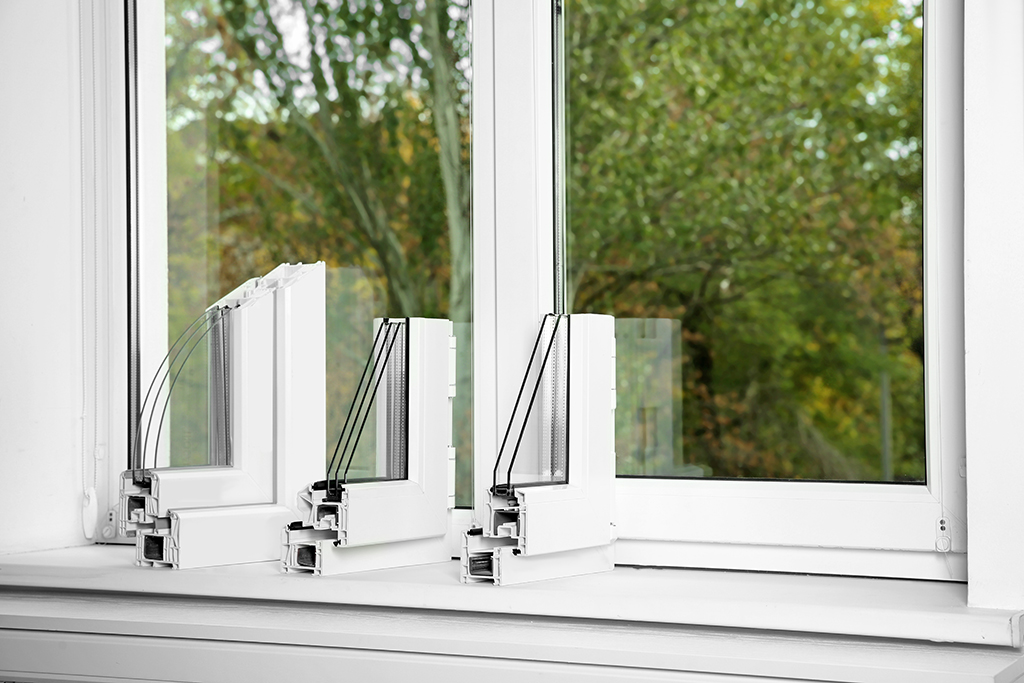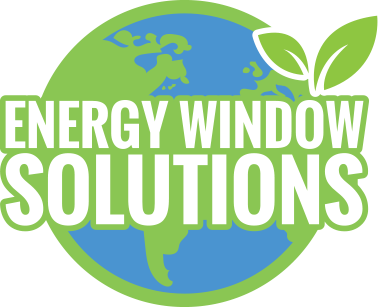
Important Features Of Energy Efficient Windows | Flower Mound, TX
Photo By New Africa at Shutterstock
Almost all residences have windows. A window helps maximize natural illumination and improve ventilation. However, windows are essentially covering gaps in your home’s walls. The layers of insulation and materials on a home’s exterior are replaced by glass. Windows can be the weakest part of your home’s structure and may provide very little protection against external intrusions, such as hot or cold air, rain, snow, sunlight, and noise. High-performance energy efficient windows reduce vulnerability to external factors.
Energy efficient windows aren’t a one size fits all concept. There are so many options available that it can be difficult to choose. Windows come in all shapes and sizes with multiple panes and types of glass. Choosing the best energy efficient windows to meet your household’s needs is easier if you know what different labels and ratings mean. Windows can be installed at any time of year in Flower Mound, TX, but winter is actually the best season. Late summer and autumn are good times to consider energy efficient windows so you’ll be ready to have them installed during the winter months.
Ratings
The National Fenestration Rating Council, or NFRC, is responsible for creating and testing rating criteria based on the U-factor, SHGC, and visual transmittance. The U-factor has a scale of 0.15 to 1.20 and measures heat transmittance through glass. Lower values are more efficient and mean the window is blocking heat.
SHGC stands for solar heat gain coefficient. Itt measures the amount of solar radiation that can pass through a window. Ratings are scored on a scale of 0 to 1. Low ratings mean less heat from the sun passes through the glass, which indicates increased efficiency.
Visual transmittance is also measured on a scale of 0 to 1. Ratings closer to 1 mean more visible light can pass through the glass. Higher ratings are usually preferred on this scale because natural sunlight entering a home can reduce the need for artificial lighting. The NFRC is only one of three main criteria to rate energy efficient windows. Other ratings include air leakage and condensation measurements.
Types of Glass
Energy efficient windows can have different types of glass. Annealed glass, also called standard glass, is cooled slowly to increase strength and durability so it doesn’t break easily. It’s also more flexible and versatile than other types of glass. Annealed glass is a less expensive option due to a relatively simple manufacturing process, but there are downsides. If annealed glass does break, it shatters into large glass shards and small jagged pieces.
Tempered Glass
Tempered glass, sometimes referred to as toughened glass, is stronger than annealed glass due to additional processing. High pressure compresses the outer surface of each pane and creates tension on the inner surfaces. Chemical treatments complete the process. Tempered glass shatters into tiny pieces when it breaks, but it does not fragment into potentially dangerous glass shards.
The longer heating process makes tempered glass 4 to 5 times stronger than annealed glass, but this also makes tempered glass more expensive. Tempered glass is used in products that need extra durability and safety, such as balcony and shower doors, computer towers, and displays and exhibition areas.
Impact Glass
Other types of glass, such as impact glass, may be strengthened through additional manufacturing processes for use in windows and doors. Impact glass is a thicker barrier than most glass types. The extra width and strength blocks outside noise and provides more insulation than thinner glass panes.
It’s harder for potential intruders to break impact glass. The glass alone won’t stop an intentional effort to enter a home, but it does give occupants or observers a little bit more time to react. Energy efficient windows made with impact glass are also more resilient during severe weather. They aren’t as vulnerable to strong winds and flying debris. If the outer layer does break, the inner layer still keeps wind, debris, and rain out of the house.
Laminated Glass
Laminated glass is a very compact glass structure that doesn’t shatter, even after strong impacts. Each sheet is made up of bonded layers of glass held together with resin or polyvinyl butyral. The ability to withstand strong impacts offers some protection from burglary and adverse weather events in Flower Mound, TX. Laminated glass tends to cost more than other types of glass because the manufacturing process is time consuming and requires several materials. On the other hand, laminated glass energy efficient windows could last for a very long time.
Coating and Tints
Low-E coatings and tints improve energy efficiency by controlling the type and amount of sunlight that enters the home. Although the two types of window treatments are similar, tints and low-E coatings have different performance ratings. Tinted windows reduce heat and light intrusion by filtering sunlight. Low-E coatings are applied to internal glass and reflect heat while allowing short wave light to enter interior rooms.
Low-E coatings have many benefits, including reduced energy bills and increased comfort. A low-E coating doesn’t require maintenance and resists scratches. It prevents UV fading on furniture, curtains, and carpets. Two types of low-E coatings are available. Type 1 is called a soft coat and consists of three silver coatings with energy efficient properties. The second type is a hard low-E coating. It usually has only one layer of silver coating and lets natural illumination into a room while blocking UV rays.
Most home renovations require a permit of some kind, and windows are no exception. Permits are necessary to ensure new construction and renovations to existing homes are compliant with building codes and safe for the environment. Professional contractors know the relevant guidelines and necessary permits. Call the experts at Energy Window Solutions in Flower Mound, TX, when you’re ready to think about replacement windows. They can provide guidance and answer all your questions about window types and features to find the best energy efficient windows for your home.


